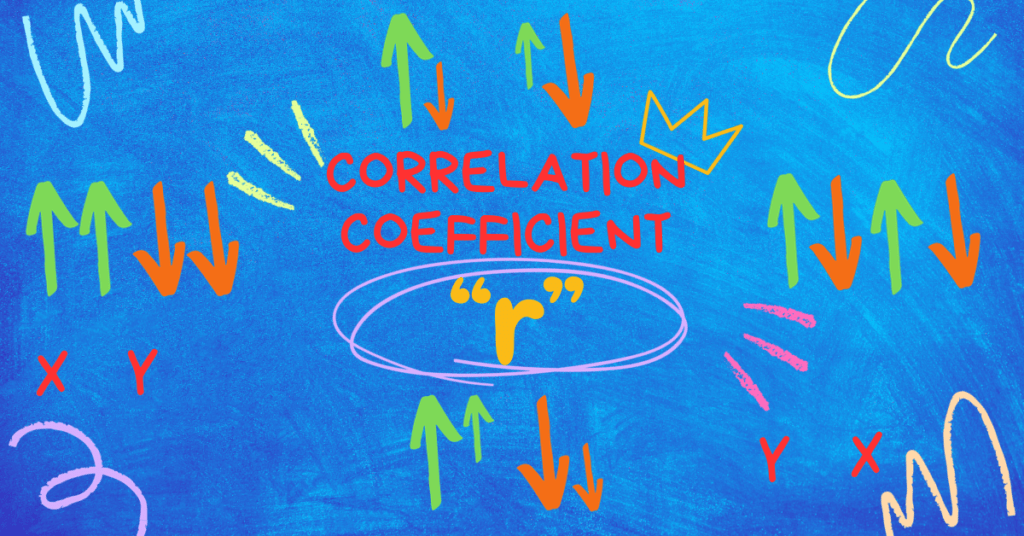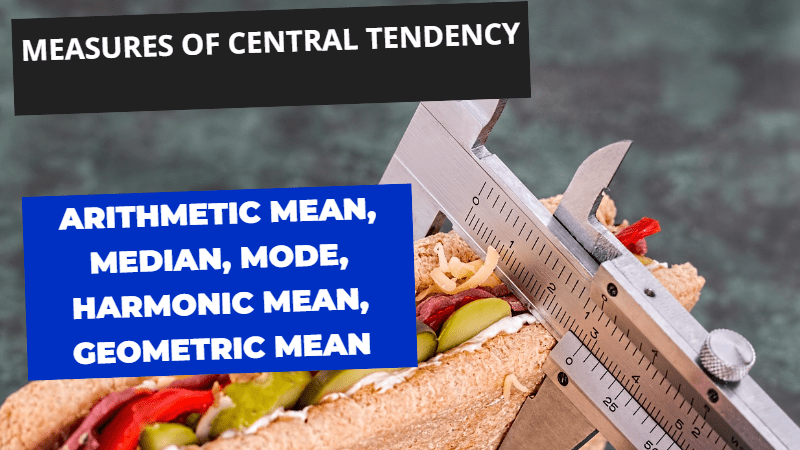In this blog post, we delve into the intricacies of the Business Statistics Solved Paper FBISE 2024 Annual ICOM II, MCQS, Short Questions, Extensive Questions, providing detailed solutions and explanations. Whether you’re a student looking to ace your exams or simply keen on enhancing your statistical knowledge, this guide will serve as a valuable resource. We’ll cover key topics including: Introduction to Statistics, Graphical Presentation of Data, Averages, Index Numbers & Probability. By the end of this post, you will have a thorough understanding of these essential statistical concepts and be well-prepared to tackle similar problems in your studies or professional work. Join us as we unravel the complexities of business statistics and turn them into manageable, solvable components.
Business Statistics Solved Paper FBISE 2024 Annual ICOM II, MCQS, Short Questions, Extensive Questions
For more solved papers of Business Statistics click below links:
Solved Papers Business Statistics
Solved by Iftikhar Ali, M.Sc Economics, M.Com Finance Lecture Statistics, Economics, Finance & Accounting
Table of Contents
Business Statistics Solved Paper FBISE 2024 Annual ICOM II, MCQS, Short Questions, Extensive Questions
MCQS
MCQS will be available soon when available
Short Questions
SECTION — B (Marks 24)
Q. 2 Write brief answers of any EIGHT parts. (8 x 3 = 24)
(i) Distinguish between variable and constant.
Answer A variable is a data, numbers, figures which does not remain fix for example, income, consumption, saving etc.; whereas constant is a number or figure which remain fix for example, Avogadro number, gravitational force, mass of earth, value of Pi etc.
(ii) Give the importance of Statistics in Education.
Answer: Statistics can help education in number of ways:
- Assessment and Evaluation: With the help of statistics, student’s performance can be assessed and evaluated.
- Educational Research: With the help of statistics, educational research about trends can be done.
- Policy making & Decisions: With the help of statistics, decisions and policies about education can be made on time.
- Improving Teaching & Learning: With the help of statistical data analysis, teaching methods and learning process can be developed.
- Quality Control: Quality control of education can be maintained with the help of statistical data analysis and evaluation.
- Prediction: Statistics can predict about future forecast of education and timely decision can be made.
(iii) Differentiate between grouped data and ungrouped data.
Answer
Ungrouped Data
First hand, newly collected, ungrouped data is called primary data or data which is not collected by someone previously is called primary data.
Grouped Data
Second hand, previously collected, grouped data is called secondary data or data which is collected by someone previously is called secondary data.
(iv) Find [∑f(X – 4)]² given X = 3, 4, 5, 8 and f = 2, 1, 2, 2
Solution:
| X | f | (X – 4) | f(X – 4) |
| 3 | 2 | -1 | -2 |
| 4 | 1 | 0 | 0 |
| 5 | 2 | 1 | 2 |
| 8 | 2 | 4 | 8 |
| ∑f(X – 4)=8 |
[∑f(X – 4)]² = 8²=64
(v) If sum of 15 values is 300 and by addition of two more values, it becomes 360. Find the new values if the ratio between them is 1:4.
Solution:
∑X1=300, n1 =15, ∑X2=360, n2 = 17
Difference = 360 – 300 = 60
Sum of the ratio = 1+4=5
![]()
![]()
(vi) Deviations from 10.5 of ten items are: -1.3, 2.0, 2.9, 7.5, -4.6, -3.4, 8.2, 9.3, -7.4, 5.6. Calculate the arithmetic mean.
Solution:
| D | -1.3 | 2.0 | 2.9 | 7.5 | -4.6 | -3.4 | 8.2 | 9.3 | -7.4 | 5.6 | ∑D=18.8 |
![]()
![]()
(vii) Give fm = 33, f1=26, f2 =23, h = 10, l =40.5. Find mode.
Solution:
![]()
![]()
![]()
![]()
(viii) If the mode and mean of a moderately asymmetrical series are 16 and 20.2 respectively, compute the value of median.
Solution:
Mode = 3Median – 2Mean
16 = 3Median – 2(20.2)
3Median = 16 + 40.4
3Median = 56.4
Median = 56.4/3
Median = 18.8
(ix) Compute Fisher’s price index number for the given data: ∑poqo = 35310, ∑p1qo = 41140, ∑p1q1= 46707 and ∑poq1 = 39644.
Solution:
![]()
![]()
![]()
(x) If W = 20, 25, 30, 40, & I = 100, 105, 110, 120. Find weighted average of relative’s Index No.
Solution:
| W | I | WI |
| 20 | 100 | 2000 |
| 25 | 105 | 2625 |
| 30 | 110 | 3300 |
| 40 | 120 | 4800 |
| W=115 | WI=12725 |
![]()
(xi) Solve: (a) 14P11 (b) 20C5
![Rendered by QuickLaTeX.com \[ \mathbf{a.\ }\begin{pmatrix}\mathbf{14} \\\mathbf{P} \\\mathbf{11} \\\end{pmatrix}\mathbf{,\ b.}\begin{pmatrix}\mathbf{20} \\\mathbf{C} \\\mathbf{5} \\\end{pmatrix}\mathbf{\ }\ \]](https://bcfeducation.com/wp-content/ql-cache/quicklatex.com-d890fab879a91030998087459dc5b207_l3.png)
Solution:
![]()
![Rendered by QuickLaTeX.com \[ \begin{pmatrix}\mathbf{14} \\\mathbf{P} \\\mathbf{11} \\\end{pmatrix}\mathbf{=}\frac{\mathbf{14!}}{\left( \mathbf{14 - 11} \right)\mathbf{!}}\mathbf{=}\frac{\mathbf{14 \times 13 \times 12 \times 11 \times 10 \times 9 \times 8 \times 7 \times 6 \times 5 \times 4 \times 3 \times 2 \times 1}}{\mathbf{3 \times 2 \times 1}}\ \]](https://bcfeducation.com/wp-content/ql-cache/quicklatex.com-f351c00c033440fe6c17e20c10b9c7d4_l3.png)
![Rendered by QuickLaTeX.com \[ \begin{pmatrix}\mathbf{14} \\\mathbf{P} \\\mathbf{11} \\\end{pmatrix}\mathbf{= \ }\mathbf{14}\mathbf{,}\mathbf{529}\mathbf{,}\mathbf{715}\mathbf{,}\mathbf{200}\ \]](https://bcfeducation.com/wp-content/ql-cache/quicklatex.com-05a83dd7e2d65d3ad790966212714971_l3.png)
![]()
![Rendered by QuickLaTeX.com \[ \begin{pmatrix}\mathbf{20} \\\mathbf{C} \\\mathbf{5} \\\end{pmatrix}\mathbf{= \ }\frac{\mathbf{n!}}{\mathbf{r!(n - r)!}}\mathbf{=}\frac{\mathbf{20!}}{\mathbf{5!}\left( \mathbf{20 - 5} \right)\mathbf{!}}\ \]](https://bcfeducation.com/wp-content/ql-cache/quicklatex.com-61c9826d34d2b809c6d307bf374f6a78_l3.png)
![]()
![Rendered by QuickLaTeX.com \[ \begin{pmatrix}\mathbf{20} \\\mathbf{C} \\\mathbf{5} \\\end{pmatrix}\mathbf{=}\frac{\mathbf{20 \times 19 \times 18 \times 17 \times 16 \times 15 \times 14 \times 13 \times 12 \times 11 \times 10 \times 9 \times 8 \times 7 \times 6 \times 5 \times 4 \times 3 \times 2 \times 1}}{\mathbf{5 \times 4 \times 3 \times 2 \times 1 \times 15 \times 14 \times 13 \times 12 \times 11 \times 10 \times 9 \times 8 \times 7 \times 6 \times 5 \times 4 \times 3 \times 2 \times 1}}\ \]](https://bcfeducation.com/wp-content/ql-cache/quicklatex.com-71a9b22d10d9bfa34badfa4e1f44bb19_l3.png)
![Rendered by QuickLaTeX.com \[ \begin{pmatrix}\mathbf{20} \\\mathbf{C} \\\mathbf{5} \\\end{pmatrix}\mathbf{=}\frac{\mathbf{20 \times 19 \times 18 \times 17 \times 16}}{\mathbf{5 \times 4 \times 3 \times 2 \times 1}}\ \]](https://bcfeducation.com/wp-content/ql-cache/quicklatex.com-a2d879016c0d7a2c633d244874995ab1_l3.png)
![Rendered by QuickLaTeX.com \[ \begin{pmatrix}\mathbf{20} \\\mathbf{C} \\\mathbf{5} \\\end{pmatrix}\mathbf{=}\frac{\mathbf{1860480}}{\mathbf{120}}\mathbf{= 15504}\ \]](https://bcfeducation.com/wp-content/ql-cache/quicklatex.com-b11a86ff7323554aab910a4f856161b9_l3.png)
Section-C (Marks 16)
Extensive Questions
Note: Attempt any two questions. All questions carry equal marks.
Q.3 Calculate Mean, Median and Mode from the following frequency distribution.
| Class Limits | 3.0—3.9 | 4.0—4.9 | 5.0—5.9 | 6.0—6.9 | 7.0—7.9 | 8.0—8.9 |
| Frequency | 13 | 27 | 40 | 30 | 16 | 4 |
Solution:
| Class Limits | Frequency | C.B | X | fx | C.F |
| 3.0—3.9 | 13 | 2.95—3.95 | 3.45 | 44.85 | 13 |
| 4.0—4.9 | 27 | 3.95—4.95 | 4.45 | 120.15 | 40 |
| 5.0—5.9 | 40 | 4.95—5.95 | 5.45 | 218 | 80 |
| 6.0—6.9 | 30 | 5.95—6.95 | 6.45 | 193.5 | 110 |
| 7.0—7.9 | 16 | 6.95—7.95 | 7.45 | 119.2 | 126 |
| 8.0—8.9 | 4 | 7.95—8.95 | 8.45 | 33.8 | 130 |
| ∑f=n=130 | ∑fx=729.5 |
![]()
![]()
![]()
n/2=130/2=65 falls in c.f of 80 so L = 4.95, h = 1, f = 40 & C = 40
![]()
![]()
![]()
Maximum frequency fm is 40 so L = 4.95, h = 1, f1 = 27 & f2 = 30
![]()
![]()
![]()
Q.4 Compute index numbers of prices from the following data taking 1981 as base using median as an average: (08)
| Year | Price | ||
| A | B | C | |
| 1981 | 18 | 85 | 52 |
| 1982 | 22 | 76 | 60 |
| 1983 | 28 | 80 | 66 |
| 1984 | 31 | 95 | 80 |
Solution:
| Year | Price Relatives | Median | ||
| A | B | C | ||
| 1981 | 100 | 100 | 100 | 100 |
| 1982 | (22/18)x100=122.22 | (76/85)x100=89.411 | (60/52)x100=115.38 | 115.38 |
| 1983 | (28/18)x100=155.55 | (80/85)x100=94.11 | (66/52)x100=126.92 | 126.92 |
| 1984 | (31/18)x100=172.22 | (95/85)x100=111.76 | (80/52)x100=153.84 | 153.84 |
Q.5 Find the probability for each of the following:
(i) An even number appears in a single toss of fair die.
(ii) The sum of 5 appears in a single toss of a pair of fair dice.
(iii) A queen, ace, jack of spades or king of diamonds appears in drawing a single card from a well-shuffled ordinary deck of 52 cards.
(iv) Of getting a number less than 7, if a die is rolled one time.
Solution (i) and (iv):
![]()
![]()
All Possible outcomes: {1, 2, 3, 4, 5, 6}
Events:
![]()
![]()
Probability:
![]()
![]()
Solution (ii):
![]()
![]()
All Possible Outcomes
| 1 | 1 | 2 | 1 | 3 | 1 | 4 | 1 | 5 | 1 | 6 | 1 | |||||
| 1 | 2 | 2 | 2 | 3 | 2 | 4 | 2 | 5 | 2 | 6 | 2 | |||||
| 1 | 3 | 2 | 3 | 3 | 3 | 4 | 3 | 5 | 3 | 6 | 3 | |||||
| 1 | 4 | 2 | 4 | 3 | 4 | 4 | 4 | 5 | 4 | 6 | 4 | |||||
| 1 | 5 | 2 | 5 | 3 | 5 | 4 | 5 | 5 | 5 | 6 | 5 | |||||
| 1 | 6 | 2 | 6 | 3 | 6 | 4 | 6 | 5 | 6 | 6 | 6 |
Sum Table
| 2 | 3 | 4 | 5 | 6 | 7 |
| 3 | 4 | 5 | 6 | 7 | 8 |
| 4 | 5 | 6 | 7 | 8 | 9 |
| 5 | 6 | 7 | 8 | 9 | 10 |
| 6 | 7 | 8 | 9 | 10 | 11 |
| 7 | 8 | 9 | 10 | 11 | 12 |
Events:
![]()
Probability
![]()
Solution (iii):
![]()
![]()
Events:
![]()
Probability:
![]()
You might be interested in the following:
- Business Statistics Solved Paper FBISE 2012 ICOM II
- Business Statistics Solved Paper FBISE 2013 ICOM II
- Business Statistics Solved Paper FBISE 2015 ICOM II
- Business Statistics Solved Paper FBISE 2016 ICOM II
- Business Statistics Solved Paper FBISE 2016 2nd Annual ICOM II
- Business Statistics Solved Paper FBISE 2017 ICOM II
- Business Statistics Solved Paper FBISE 2017 2nd Annual ICOM II
- Business Statistics Solved Paper FBISE 2018 ICOM II
- Business Statistics Solved Paper FBISE 2018 2nd Annual ICOM II
- Business Statistics Solved Paper FBISE 2019 Annual ICOM II
- Business Statistics Solved Paper FBISE 2021 Annual ICOM II
- Business Statistics Solved Paper FBISE 2022 Annual ICOM II
- Business Statistics Solved Paper FBISE 2023 Annual ICOM II






